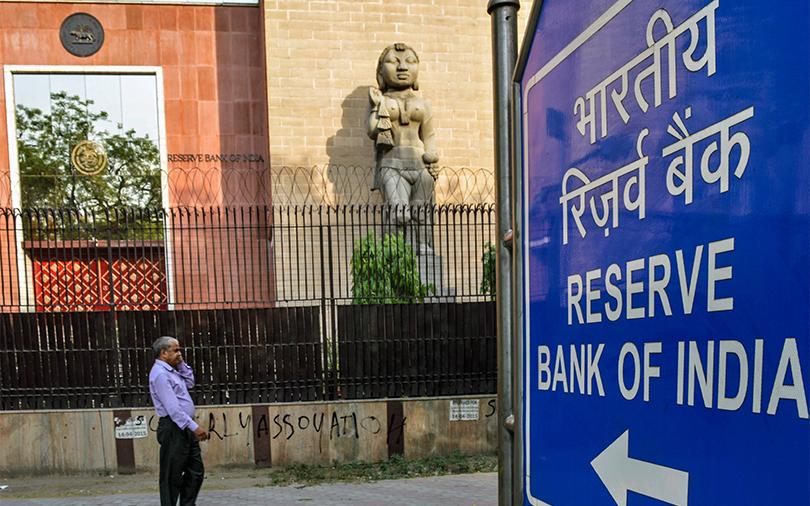The Reserve Bank of India has pulled surprises at its last three policy meetings, so another can't be ruled out at Thursday's review, but analysts uniformly expect no change in interest rates.
All 60 economists polled by Reuters predict the RBI's six-member monetary policy committee (MPC) will leave the repo rate at 6.25 percent, where it has been since October.
Investors will scrutinise the statement for the MPC's views on consumer inflation after prices advanced 3.65 percent in February from a year earlier, not far below the RBI's target of 4 percent.
A session whose results match expectations would be a break for investors after the RBI stunned markets in each of the three meetings so far where decisions were made by the MPC, instead of by the governor.
In October, the MPC unexpectedly cut rates and then it held them in December when markets were betting on an easing move.
In February, the committee again surprised by holding rates and switching to a "neutral" stance from "accommodative" - a move that made bond yields spike. All decisions were taken by a unanimous 6-0 vote, adding to the surprise.
On Thursday, "we expect the MPC to maintain its neutral stance, with caution being the watchword on external factors," said A. Prasanna, an economist at ICICI Securities Primary Dealership.
Split on inflation
Though analysts agree rates will be held on Thursday, they are split on inflation and its implications for later: 21 of 34 economists predict stable prices should allow the RBI to cut rates this year.
But others fear food prices will spike should the country see below-average rains during the monsoon season in the middle of the year, ensuring rates stay on hold through 2017.
The RBI is also likely to say it continues to monitor global markets as the U.S. Federal Reserve's tightening gives pause to central banks around the world, while dealing at home with a surge in cash at banks after the country's ban on some banknotes last year led to a surge in deposits.
To justify a rate cut this year, the RBI would likely need more comfort on consumer prices, either through a slump in food costs or an easing of core inflation, which has stayed at around 5 percent for several months.
The RBI also needs to reduce the around 4 trillion rupees ($61.59 billion) accumulated in the banking system in March, doubling from the January.
The government, mindful of the impact on inflation, has already indicated it is considering acting with the RBI in implementing a special facility to drain the extra liquidity.
Meanwhile, the RBI will likely tread carefully at a time most central banks in Asia are keeping their key rates on hold.
India appears in good stead after attracting $8.85 billion in investment into debt and equities in March - the most since at least 2002 - sending the broader NSE share index to a record high and the rupee to a nearly 1-1/2 year high.
But the RBI has long worried about any sudden reversals of foreign flows, further making a change in rates unlikely on Thursday, analysts said.






